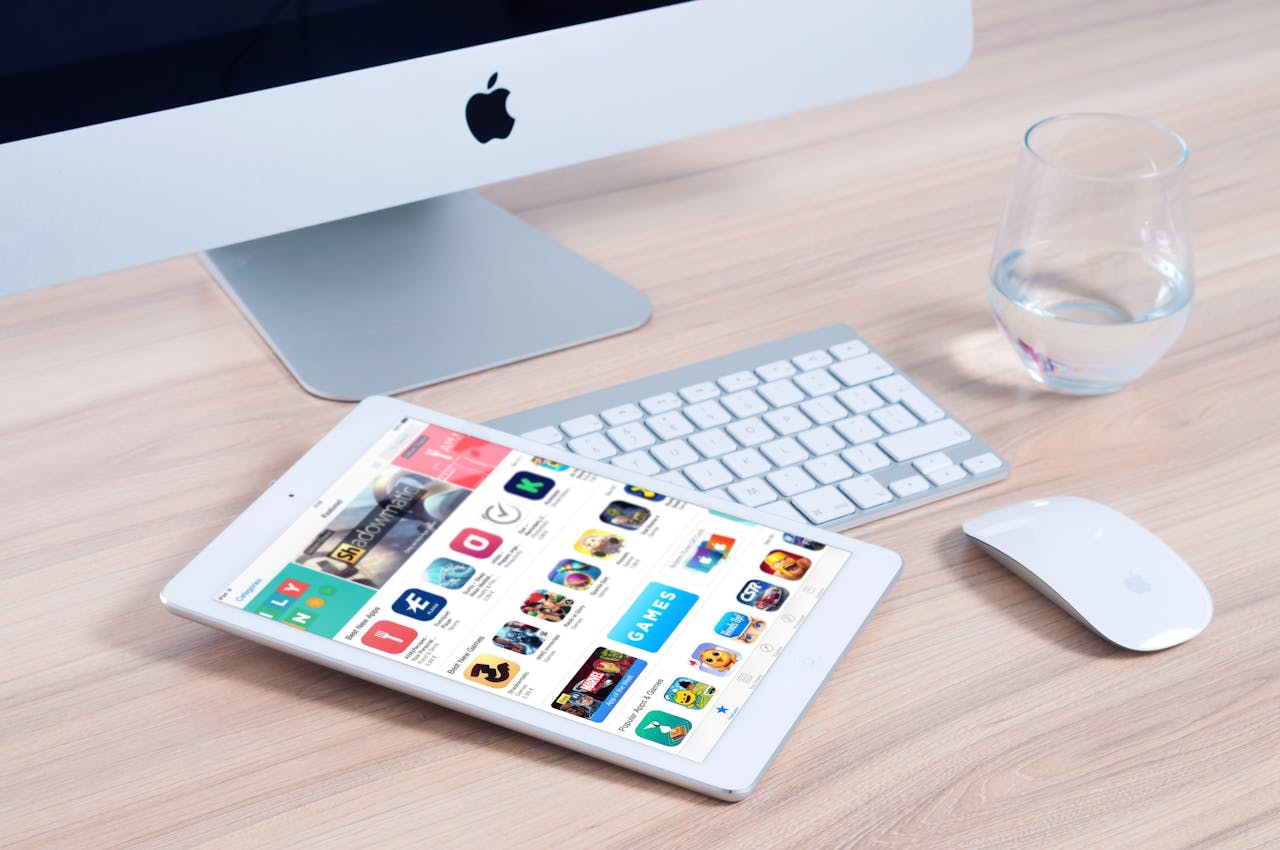Any user or developer will testify that, against the rapidly changing digital backdrop, mobile apps are tools that cannot be done without.
The competition is huge, with millions of apps across various platforms, and the possibility of earning a profit is enormous. Effective monetizing of your mobile application can prove to be the deciding factor in its success.
The strategies and techniques for how to monetize your mobile app effectively get the most out of your returns on investment.
Overview of Mobile App Monetization
Before getting into the details of strategies, let’s examine what mobile app monetization is about. It simply means or refers to the process of creating something with value from an app in terms of generating revenue.
This may be done using several methods, each of which has a specific set of pros and cons. That means one needs to select a monetization strategy so that it aligns with the purpose of your app, the type of users, and overall business requirements.
1. In-App Advertising
The most common and easiest way to monetize a mobile app is in-app advertising. Meaning, one can run ads inside your app for you to generate revenue from ad impressions, clicks, or conversions.
Banner Ads: These small, rectangular ads are usually set at the top or bottom of the screen. Less intrusive but less pricey.
Interstitial Ads: These are those ads which come in at natural transition points of apps, say after every level of a game. They are prominent and can yield higher revenues.
Rewarded Video Ads: Here the user is rewarded in-app, say by lives or any currency, for viewing a video ad. This usually results in better engagement and revenues.
2. In-App Purchases
One other popular path is in-app purchases, where users are given the ability to buy virtual goods or premium features from within a running app. Examples include consumable IAPs, which are items used once and then bought again, and on the other hand, non-consumable IAPs, which include items bought once and used forever, such as ad-free versions or additional levels.
Subscriptions: These are recurring, periodic payments to continue to have access to premium content or features. Subscriptions really turn out to be a good option, more so for apps that offer some sort of continuous value, like a streaming service or a fitness app.
3. Freemium Model
The freemium model combines freeness and premium; it entails a free download of the app, but includes some additional features or content at an extra cost. Applications that work well for this model provide core functionality for free, with room for improvement. Make the basic features free to encourage a large number of users.
Premium Features for Fee: Add advanced features, extra content, or enhanced functionality to your app through in-app purchases or subscription-based models.
4. Sponsorship and Partnerships
Yet another major area where you can monetize your mobile application is by partnering with brands or other applications. This will include sponsored content or partnering with other companies to get mutual benefits.
Sponsored Content: Integrate content from your sponsors into your app like branded levels or exclusive offers.
5. Affiliate Marketing
It will include the promotion of services or goods from other vendors or companies within your app, whereupon a commission is paid to you out of the selling revenues generated by your referral. The method does not intrude at all and is one of the most effective ways of monetization in case the promoted products are closely relevant to the area of interest of your app.
Product Recommendation: Recommend products in line with your app’s content and take a commission off all sales referred by you.
Affiliate Links: You can add affiliate links inside your app Content, for example, articles or product listings.
6. Data Monetization
If users consent, you can collect and sell their user data to third parties for monetization of the app—very important data for market research or targeted ad campaigns.
Anonymous Data: You can collect and sell anonymous user data so that the risk toward privacy gets eliminated and compliance with regulation is maintained.
Market Research: You can team up with some market research companies to leverage the insights of your application from its user data.
Designing a successful monetization strategy
While the choice of the monetization strategy itself is very critical, its implementation is equally so. The following recommendations will help ensure success:
Know Thy User: Learn your users very well to be able to pick a monetization plan that best suits their preferences and behaviors.
Optimize for User Experience: Ensure that the monetization methods do not disrupt the user experience. Irksome ads or very obtrusive IAP prompts may cause user frustration, leading to churn.
Test and iterate to find the monetization approach that will ultimately prove successful. It involves the continuous testing of different monetization techniques and making optimizations, guided by performance data. What works for one app may not work for another.
Compliance and transparency: Integrate the steps with all applicable regulations and be open with users about how their data is being used and how various monetization methods are being implemented, and
Conclusion
Monetize your mobile app effectively. AVR balanced revenue generation with user satisfaction.
It is by understanding and implementing the right monetization strategies, be it in-app advertising, in-app purchases, freemium, sponsorships, affiliate marketing, data monetization, and more, that you can see your app reach its complete potential and reach continuous financial success.
Keeping abreast of industry trends and staying continuously fine-tuned with strategies while keeping the interest of the users at the top sets apart a profitable long-term mobile application.
